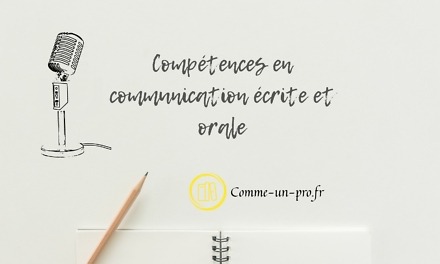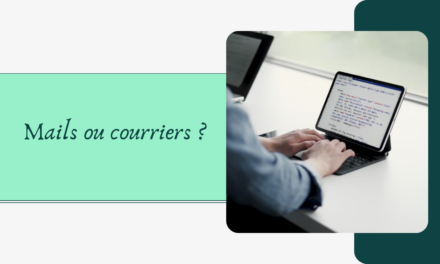Between content and form, many people arbitrate to favor one or the other. In reality, you don't have that luxury if you want to stay professional. As much the content testifies to your competence, as much the form informs about your seriousness and about the respect you have for your readers. So, you have to take into account a lot of parameters that make it possible to present an impeccable text and that makes you want to read.
The first visual appreciation
The professional reader, and even the amateur, has been formatted to see the form first before going to the bottom. Thus, he has this reflex to operate a visual course from top to bottom and from left to right. In a few seconds, the reader has an appreciation of the quality of the text. This assessment will hardly be reversed even if the quality in the background is there. This explains the importance of the layout, the use of certain words, the insertion of images, etc. This also explains the position of the title at the top and the alignment of all the sub-titles on the left side of the page.
The use of fat and fat
The use of fat and fat follows a logic of strength. Indeed, the eye is attracted by anything that has a force greater than the mass, which is why we put large or bold the elements to which we want to draw attention. In the context of typography, this is the case of the title and subheadings which are in large type and the introductions and conclusions which are in bold. There is a trick that many professionals use in the course of word processing, and that is to use a different font that is more pronounced for the titles and subheadings.
White influence
The whites refer to the typographic blocks which provide information on their differences in strength. These are line breaks, page breaks, spaces. This is what allows the document to breathe and plays on the reader's perception of the document. Thus it is indicated to skip a line by putting a heading without increasing the size of the font too much instead of carrying out this increase but leaving it compressed in the middle of the text.
The use of topographic hierarchies
Your text is not a work of art so you cannot abuse topographic hierarchies. It would be like a movie with too many special effects. In the end no one takes him seriously. So, you have to opt for balance and avoid using too many different styles. The ideal would be one or two styles.
In addition, it should be noted that the insertion of images can be a great added value for a text if it is done well. Otherwise, the opposite effect is obtained. This is why you should assess the relevance of the image and use color formats if possible.
Finally, all these rules have to be combined in a smart and balanced way because if you want to put the spotlight on a lot of things at once everything becomes mundane. So you are forced to make choices.




